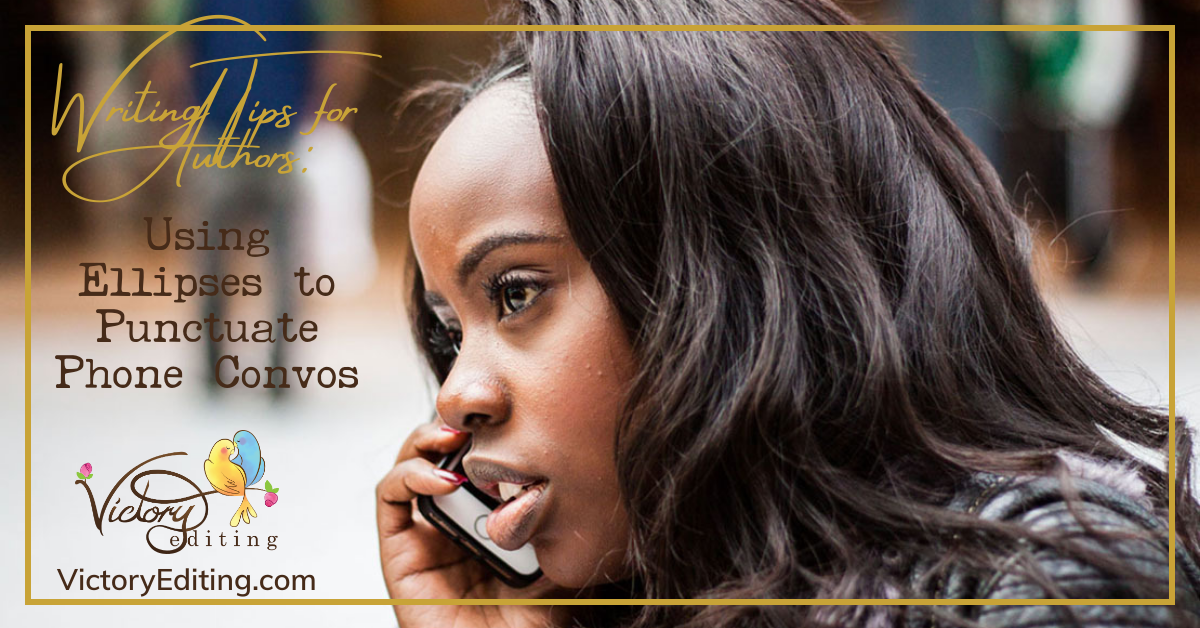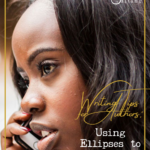One of the struggles authors have is presenting dialogue so that it’s both understandable and engaging. Phone conversations can be especially problematic. Scenes where you show both sides of the conversation are fairly easy—you just handle them like regular dialogue for the most part. But what about one-sided or overheard exchanges?
A convention I really like is to use an ellipsis to indicate the unheard speaker’s dialogue.
For example:
“Hey, girl! It’s Anne. … Nothing much, what are you up to? … You wanna grab lunch at Catfish Charlie’s? … Okay, see ya then!”
In this case, you have full punctuation, but a space between each snippet of conversation (Dialogue space ellipsis space dialog). It gives the reader a real sense of how the conversation is flowing, lessens confusion, and makes it easier for readers to follow the phone call.
Win / win / win.
This trick also works for conversations where your protagonist is eavesdropping and can only hear one side of the conversation.


